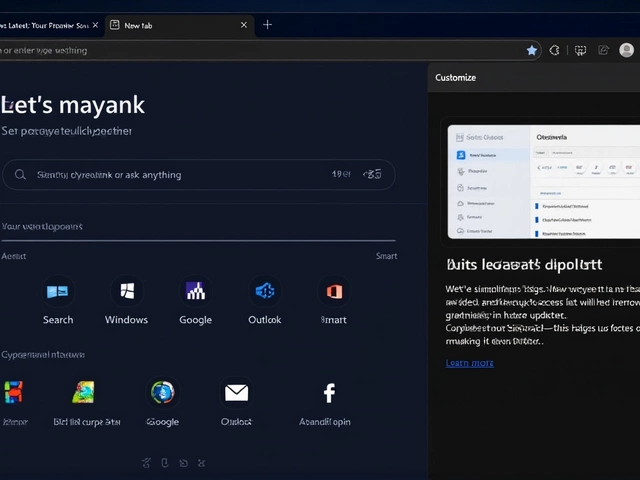Why Motorsport Questions Keep Fans Curious
Ever watched a race and thought, "Why do they do that?" You’re not alone. Fans love digging into the reasons behind tricks, traditions, and trends on the track. This page gathers the most popular "why" questions and gives you straight‑forward answers you can use the next time you’re chatting with fellow gearheads.
Why Do Motorcycle Racers Drag Their Knees?
When a rider leans into a corner, you’ll often see a knee sliding across the asphalt. It looks dramatic, but the purpose is practical. Dragging the knee creates a third point of contact, helping the rider balance the bike during extreme lean angles. That extra touch gives subtle feedback about the bike’s posture and lets the rider fine‑tune body position without over‑relying on the handlebars. It also helps keep the bike flat on the ground, reducing the chance of a high‑side crash. In short, it’s a balance trick, not a style statement.
Why Is the Le Mans Circuit So Famous?
The Circuit de la Sarthe mixes public roads with a purpose‑built track, giving it a unique, hybrid feel. Its 13.6‑kilometre layout includes the legendary Mulsanne Straight, where cars hit insane speeds, and tight museum corners that test driver skill. The 24‑hour race pushes both machine and human endurance, turning ordinary laps into epic stories of reliability and strategy. That blend of speed, history, and sheer stamina is why Le Mans stays at the top of every racing fan’s mind.
Other "why" topics pop up a lot, too. For instance, many wonder why IndyCar hasn’t gone global like Formula 1. The answer lies in a mix of history and economics. IndyCar grew around oval racing, a format that’s hugely popular in the U.S. but less appealing abroad, where fans prefer street circuits and road courses. Without big international sponsors or a strong foothold in Europe, the series struggles to fund global expansion. The result is a sport that’s deeply rooted in American culture but stays regionally focused.
People also ask why electric racing is becoming a reality. As the world shifts to cleaner energy, series like Formula E and the upcoming electric classes in endurance racing showcase how fast cars can be without gasoline. Battery tech, rapid charging, and renewable power sources let teams push performance while reducing emissions. Those developments answer the “why” behind the electrified future of the sport.
Finally, a quick look at why certain racing schools emphasize karting as the first step. Karting teaches basic racecraft – braking, throttle control, and line selection – in a low‑cost, low‑risk environment. Those fundamentals translate directly to bigger machines, making karting the most efficient way to start a racing career.
So the next time a question pops up, you’ve got a ready answer. Whether it’s about knee‑dragging tricks, the fame of Le Mans, the limits of IndyCar, or the rise of electric racing, the “why” behind each topic is easier to understand when you break it down into simple, practical terms. Keep this guide handy, and you’ll sound like a true insider the next time the conversation shifts to the deeper side of motorsport.
Who was the most badass actor in Hollywood? Why?
Hollywood has seen a variety of badasses over the years, from John Wayne to Arnold Schwarzenegger to Brad Pitt. Each actor brought something unique to the table, but who was the most badass of them all? According to some, Clint Eastwood was the most badass actor in Hollywood. His iconic roles in westerns and action movies made him a symbol of strength and power. He was also known for his stoic demeanor and intense stare, which only added to his appeal. Eastwood's long career and diverse roles made him one of the most beloved and respected actors of all time.




